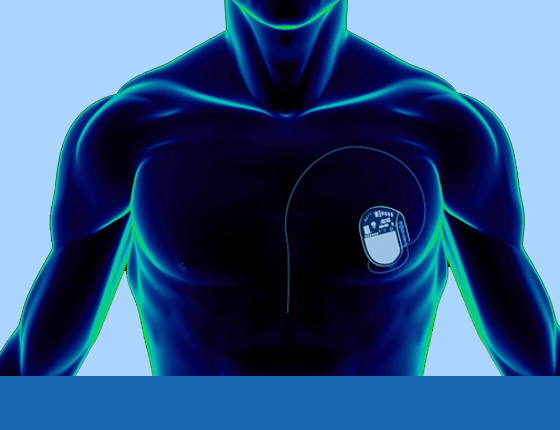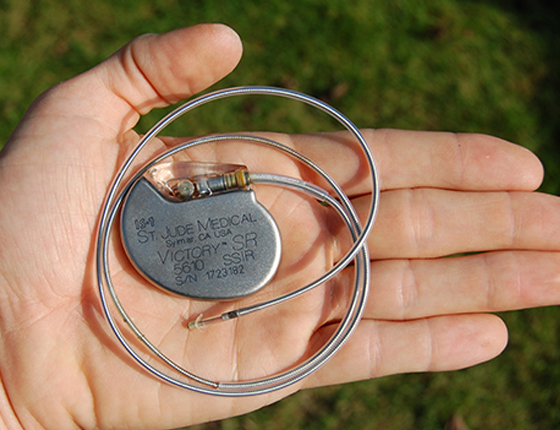Pacemaker
A Pacemaker typically is implanted in the upper chest. It does not require open heart surgery, most people go home withen 24 hours before surgery; the procedure is performed under local anesthesia. Pacemakers generally treat two types of arrhythmias –
- Tachycardia, or a heart beat that’s too fast (above 100 beat/ min).
- Bradycardia, or a heart beat that’s too slow (below 60 beat/min).
Symptoms :
- Fatigue
- Fainting or lightheadedness
- Shortness of breath
- Damage to vital orgen

Pacemaker-1

Pacemaker-2
The electrical impulse travels from the top of the heart to the bottom, signaling the heart’s muscles to contract. A pacemaker can also track and record your heart beat. This can help your doctor get a better understanding of arrhythmia.
Not all pacemakers are permanent. Temporary pacemakers can control certain types of problems.
We have both facilities of permanent & temporary pacemaker within a reasonable budget.
For further enquiries and appointment please contact with us.